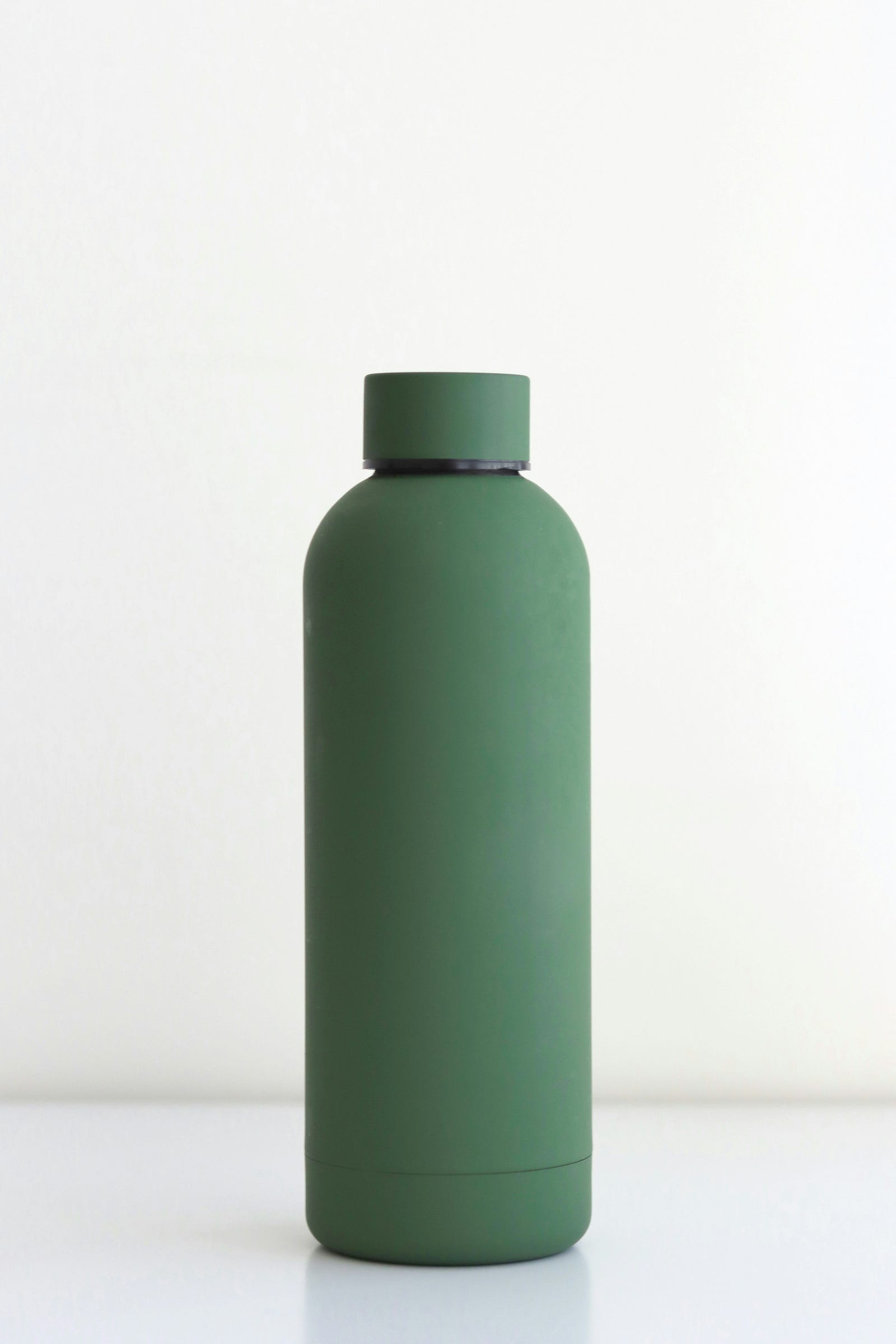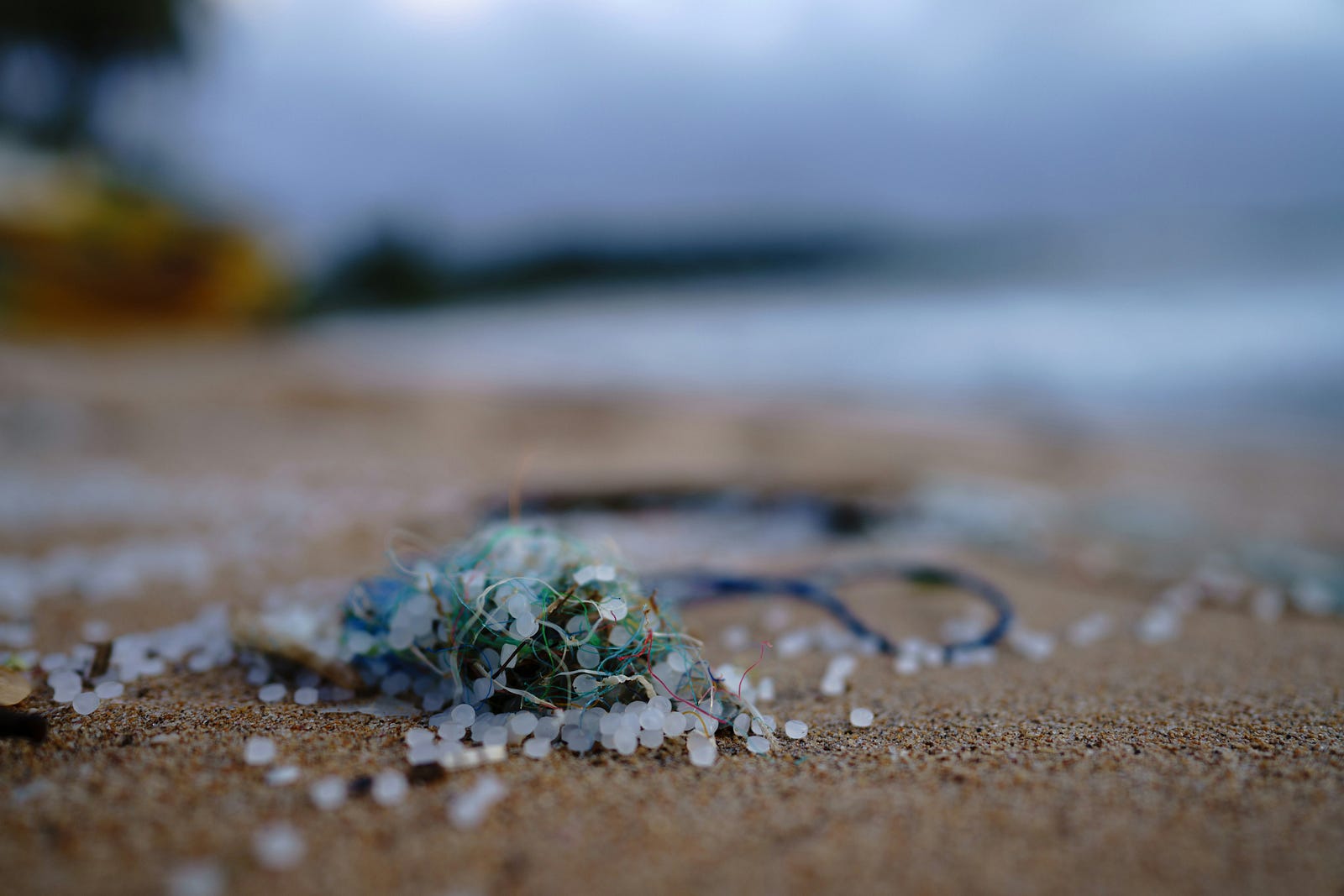Microplastic Munchies. Sometimes, I feel like you could use a good detox. Chances are you’ve been unknowingly ingesting tiny bits of microplastics for quite some time.
Don’t reach for the hazmat suit just yet.
While the presence of microplastics in our food chain is a growing concern, there are steps you can take to minimize your exposure.
Today, I will share 10 ways that I am trying to reduce my microplastic consumption.
1. Become a Bottled Water Busting Boss
Bottled water is convenient but can also be a major source of microplastics leached from the plastic itself.

This is growing evidence that, on average, bottled water has more microplastics than tap.
A 2024 study suggests that we have underestimated measured concentrations of microplastics.
Invest in a reusable water bottle and fill it with filtered tap water whenever possible.
I stick with glass- or steel-lined.
Do I have an occasional bottled water? Yes, but I generally dodge them.
Your wallet and the planet will thank you.
2. Think Beyond the Bag
Plastic bags are a notorious source of microplastic pollution.
Ditch the single-use bags at the grocery store and opt for a reusable canvas or mesh totes.
I have gone old school, using a small Japanese-style bento box.
Bonus points for looking fit while saving the environment.
3. Be Wary of Microwaving in Plastic
While reheating leftovers seems harmless, microwaving plastic containers can cause them to leach microplastics into your food.
Consider transferring food to glass or ceramic containers before heating it.
Microwaving in plastic containers is a hard “no” for me.
4. Garment Conscious Consumer
Synthetic clothing sheds microplastic fibers with every wash.
Look for clothes made from natural fibers like cotton or linen.

When you do laundry, consider using a microplastic-catching laundry bag to trap those tiny fibers before they pollute our waterways.
5. Embrace the Power of Plants
Seafood is a significant source of microplastics, as these particles accumulate in the ocean and get absorbed by fish.
While you don’t have to eliminate seafood, consider incorporating more plant-based proteins into your diet.
6. Be a Savvy Seafood Selector
If you enjoy seafood, choose smaller fish lower on the food chain, as they accumulate fewer microplastics.

Opt for wild-caught options whenever possible, as some studies suggest farmed fish might have higher microplastic levels.
7. Read Labels Like a Detective
Certain food additives and ingredients can contain microplastics.
While not always easy to spot, familiarizing yourself with terms like polyethylene glycol (PEG) or polysorbates can help you make informed choices.
Kitchen Ingredients or Cancer Culprits? The Emulsifier Connection
medium.com.
8. Keep Your Air Clean
I know that the air I breathe is a source of microplastics.
We’ve discussed tackling microplastics in your food, but the battle doesn’t stop there!
These tiny plastic invaders can also lurk in your own home. Fear not, warriors of cleanliness.
Here’s how to turn your cleaning routine into a microplastic monster-mashing mission:
- Become a Dust-Busting Superhero: Dusting might seem like a never-ending battle, but consider it a covert operation to neutralize hidden microplastic threats. Grab a damp sponge or cloth (dusting just stirs them up!) and wipe down surfaces like a stealthy ninja.
- Vacuum Like a Microplastic-Muncher: Regular vacuuming is key, but not just any vacuum will do. Upgrade to a bagged, sealed-system model with a HEPA or S-class filter. Think of it as a high-tech microplastic-sucking machine that traps those tiny villains before they can escape!
- Embrace the Power of the Mop: Mopping might not be the most glamorous chore, but it’s a crucial weapon in the fight against microplastic floor invaders. Imagine wielding a mop like a mighty warrior, banishing microplastics to the depths of the drain!
Sure, these tasks might not be the most thrilling, but by viewing them as a microplastic-battling mission, you’re not just cleaning your home but actively contributing to a healthier environment.
So, crank up some epic music, channel your inner superhero, and get ready to conquer those microplastic foes!
9. The Power of Public Knowledge
Stay informed about the latest research on microplastics and support organizations advocating for stricter regulations on plastic use.

The more we know, the more we can push for solutions that ensure a cleaner future.
10. Consider a Water Filter
I have done a tap water makeover, a simple (yet impactful) way I minimize microplastics.
While my tap water may not be entirely microplastic-free, it has lower levels than bottled water.
If you want to follow my example, consider an NSF/American National Standards Institute (NSF)- certified water filter.
These rigorously tested products may not eliminate microplastics, but they reduce them.
And don’t forget to replace the water filter as indicated.
Final Thoughts – Microplastic Munchies
Remember, minimizing microplastic intake is a marathon, not a sprint.
By incorporating these steps into your routine, you’ll be well on your way to mastering microplastic minimization.
I would love to turn “microplastic munchies” into a distant memory.
Discovering a Simple Solution: Boiling Tap Water Effectively Removes 90% of Microplastics.
medium.com.
Thank you for reading “Microplastic Munchies.”
Please consider signing up to follow this blog.




